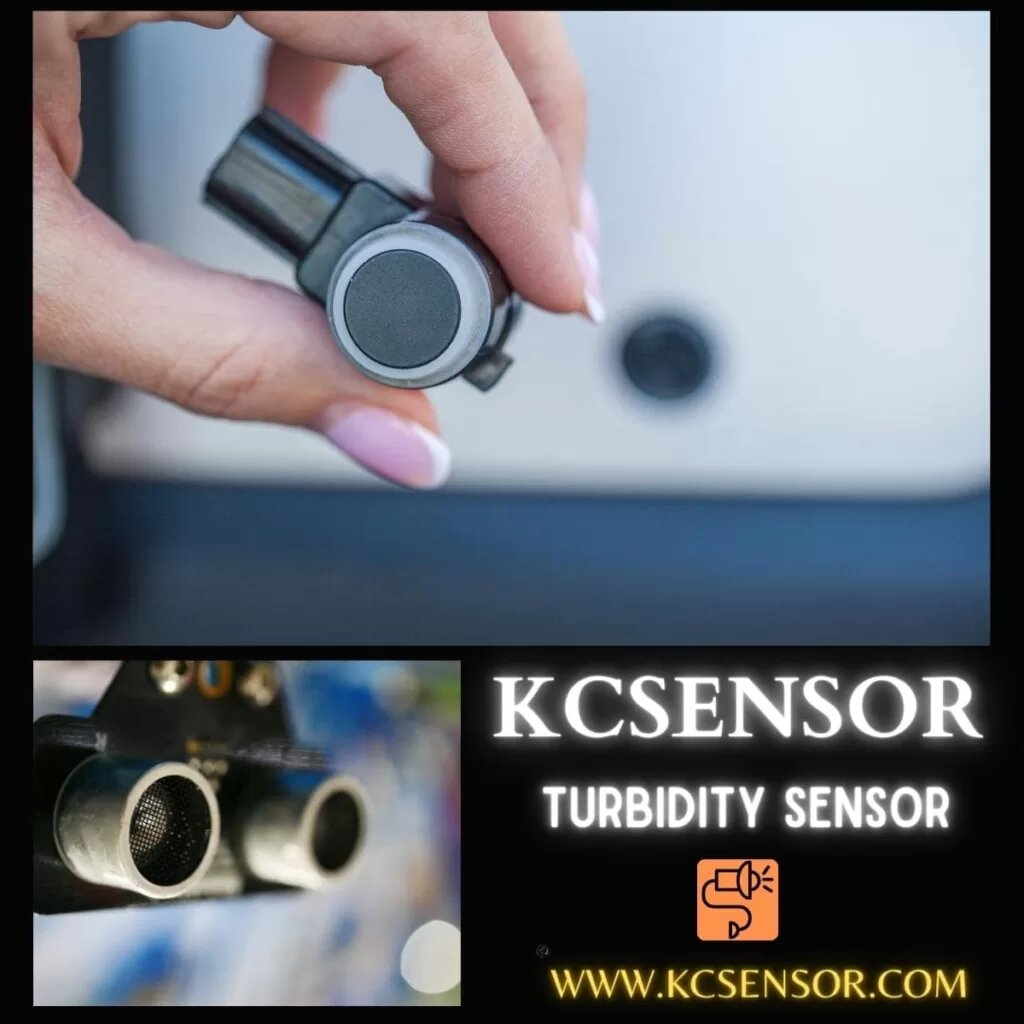Understanding Turbidity Sensors: Key Components, Applications, and Benefits
Turbidity sensors play a crucial role in monitoring water quality across various applications, from environmental monitoring to industrial processes. This blog explores the importance of turbidity sensors, their components, applications, and the benefits they offer.
What is Turbidity?
Turbidity refers to the cloudiness or haziness of a fluid caused by large numbers of individual particles that are generally invisible to the naked eye. These particles may include clay, silt, organic matter, and microorganisms. Turbidity is a key parameter in assessing water quality, as it can indicate the presence of pollutants or the health of aquatic ecosystems.
How Do Turbidity Sensors Work?
Turbidity sensors measure the amount of light scattered by suspended particles in a liquid. The principle behind this measurement is based on the interaction of light with particles. When a light beam passes through a sample of water, particles scatter the light, which can be detected by a photodetector. The amount of scattered light correlates with the turbidity level, which is often expressed in Nephelometric Turbidity Units (NTU).
There are several types of turbidity sensors, including:
- Optical Turbidity Sensors: These sensors use light sources (typically LEDs or lasers) and photodetectors to measure turbidity based on scattered light.
- Electrochemical Turbidity Sensors: These sensors use electrochemical methods to assess turbidity, which can be beneficial in specific industrial applications.
- Digital Turbidity Sensors: These sensors provide digital output, allowing for easy integration with data logging and monitoring systems.
Applications of Turbidity Sensors
Turbidity sensors are utilized in various industries and fields, including:
- Water Treatment: In municipal and industrial water treatment facilities, turbidity sensors help monitor the clarity of water before and after treatment processes. Maintaining low turbidity levels is essential for ensuring safe drinking water.
- Environmental Monitoring: Turbidity sensors are essential for monitoring water bodies like rivers, lakes, and oceans. They help track the health of aquatic ecosystems and identify pollution sources.
- Aquaculture: In fish farming, turbidity sensors monitor water quality, ensuring optimal conditions for aquatic life and maximizing yield.
- Food and Beverage Industry: These sensors are used to maintain quality control in various processes, ensuring the clarity of liquids such as juices, wines, and other beverages.
- Industrial Processes: Turbidity sensors monitor process water quality in industries such as paper, textiles, and chemicals, where turbidity can affect product quality.
Benefits of Using Turbidity Sensors
- Real-time Monitoring: Turbidity sensors provide real-time data, allowing for immediate action in response to changes in water quality.
- Preventing Contamination: By continuously monitoring turbidity levels, these sensors help detect potential contamination, protecting public health and the environment.
- Cost-effective Solutions: Implementing turbidity sensors can lead to cost savings by optimizing treatment processes and minimizing waste.
- Data Logging and Integration: Modern turbidity sensors can easily integrate with existing monitoring systems, facilitating data logging, analysis, and reporting.
Conclusion
Turbidity sensors are essential tools in various sectors, ensuring the safety and quality of water. By understanding their functioning, applications, and benefits, stakeholders can better utilize these sensors to improve water management and protect our valuable water resources. As technology advances, turbidity sensors will continue to evolve, becoming even more integral to water quality monitoring efforts.

